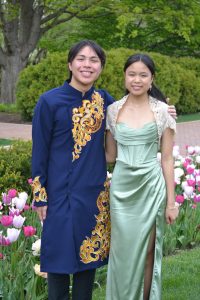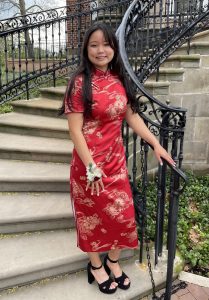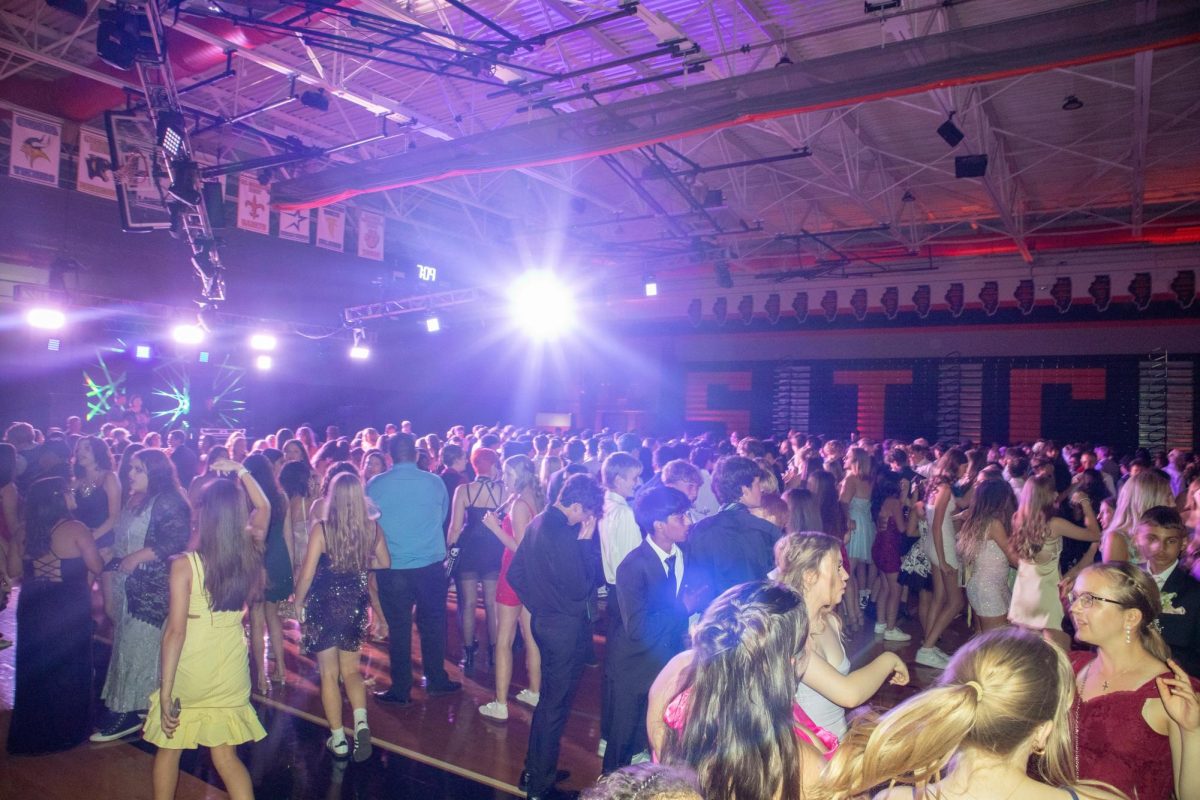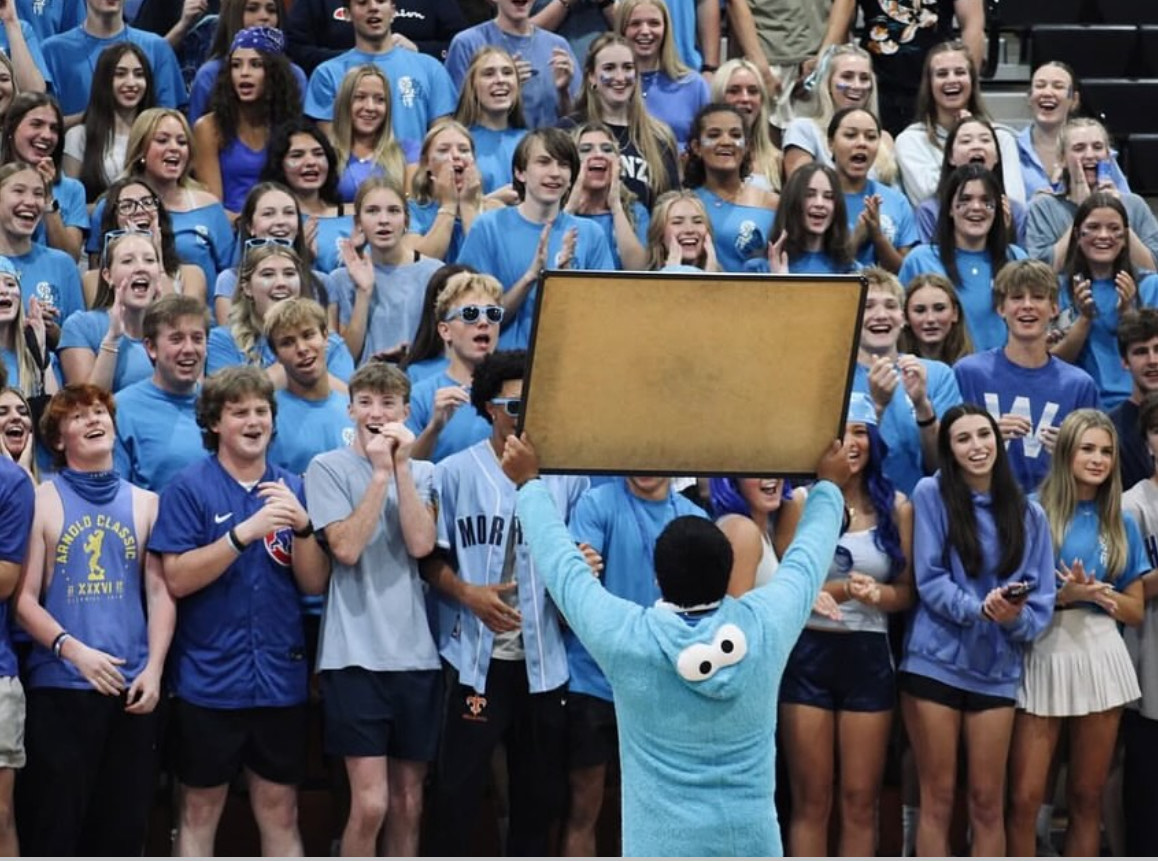On April 27, 2024, St. Charles East High School hosted its starry night themed prom at Oak Brook Hills Resort. Among the typical suits, dresses and gowns, some students decided to deviate from the norm to pay homage to something more valuable to them. Throughout the night, many students decided to express their culture through their prom fashion.
In honor of Asian-American and Pacific Islander Heritage Month, X-Ray staff interviewed three Asian-American students to see how they honored their culture.
Senior Kenny Ngo wore an áo dài, traditional wear from Vietnamese culture typically worn for special occasions such as weddings or New Year’s. Not only does it signify respect towards traditional Vietnamese culture, but its color also holds different meanings, such as red for luck.

Ngo has been planning to wear cultural clothing with his friends senior Ava Brucal and senior Leanna Swenson since last year. “Besides showing off part of our heritage to others, this gave us the opportunity to become closer to our heritage,” he said.
Brucal wore a Filipino bolero, a traditionally silk shawl typically worn with a dress. Boleros are characterized by their detailed embroidery and butterfly-like sleeves, resembling a shoulder pad.
Swenson wore a traditional Chinese Qipao, a modernized version of a Cheongsam. In ancient China it was used for everyday wear, but nowadays it’s worn for special occasions such as weddings.
Swenson had a different perspective on this opportunity, being adopted from China. With two Caucasian parents, she used prom as a way to reconnect with a culture she hadn’t felt close to throughout her life.

“Although [my parents] have tried their best to give me opportunities to learn and experience my ethnic culture, it has been a really big hole in my life,” said Swenson. “This was an opportunity to gain some of that back.”
Throughout prom, the three of them acknowledged that they stood out, but in a good way. They showed great appreciation for all the compliments they got from family, friends and even strangers in the bathroom.
“There’s something about being able to show your culture that makes you proud of who you are,” said Brucal. “The bolero was my grandma’s, so when she found out that I was going to wear it to prom, she was super proud that it could be worn one last time.”
Swenson also reflected on her parents’ reactions to her outfit. “My dad was very supportive and, as a typical dad, teared up seeing me in it for the first time on Saturday afternoon,” said Swenson. “A specific reaction I got was the comment, ‘It’s so you.’”
All encouraged others to wear more traditional clothing from their cultures. In a generation where culture can be lost, they encouraged people to use the opportunity to connect more with their identities.
“I think it’s so important to proudly hold onto your culture if it’s a prominent aspect of your life and not be ashamed of it in any way,” said Swenson. “Not everyone is lucky enough to have the opportunity to immerse themselves in something so special or to be able to explore that part of themselves.”
Ngo agreed with this sentiment: “Culture and heritage isn’t something to hide but to express,” he said. “Whether it means wearing traditional wear or not, people shouldn’t be afraid to express themselves.”
“It’s like saying, ‘this is my culture, this is where my ancestors came from and I’m proud of it,’” said Brucal. “Being able to experience this common high school event while connected to my culture made my experience memorable.”
With many more students wearing traditional clothing too, seeing others embrace their culture will hopefully inspire other students to do the same. Not only does it help others learn about cultures from around the world, but the personal value it holds can go a long way.







